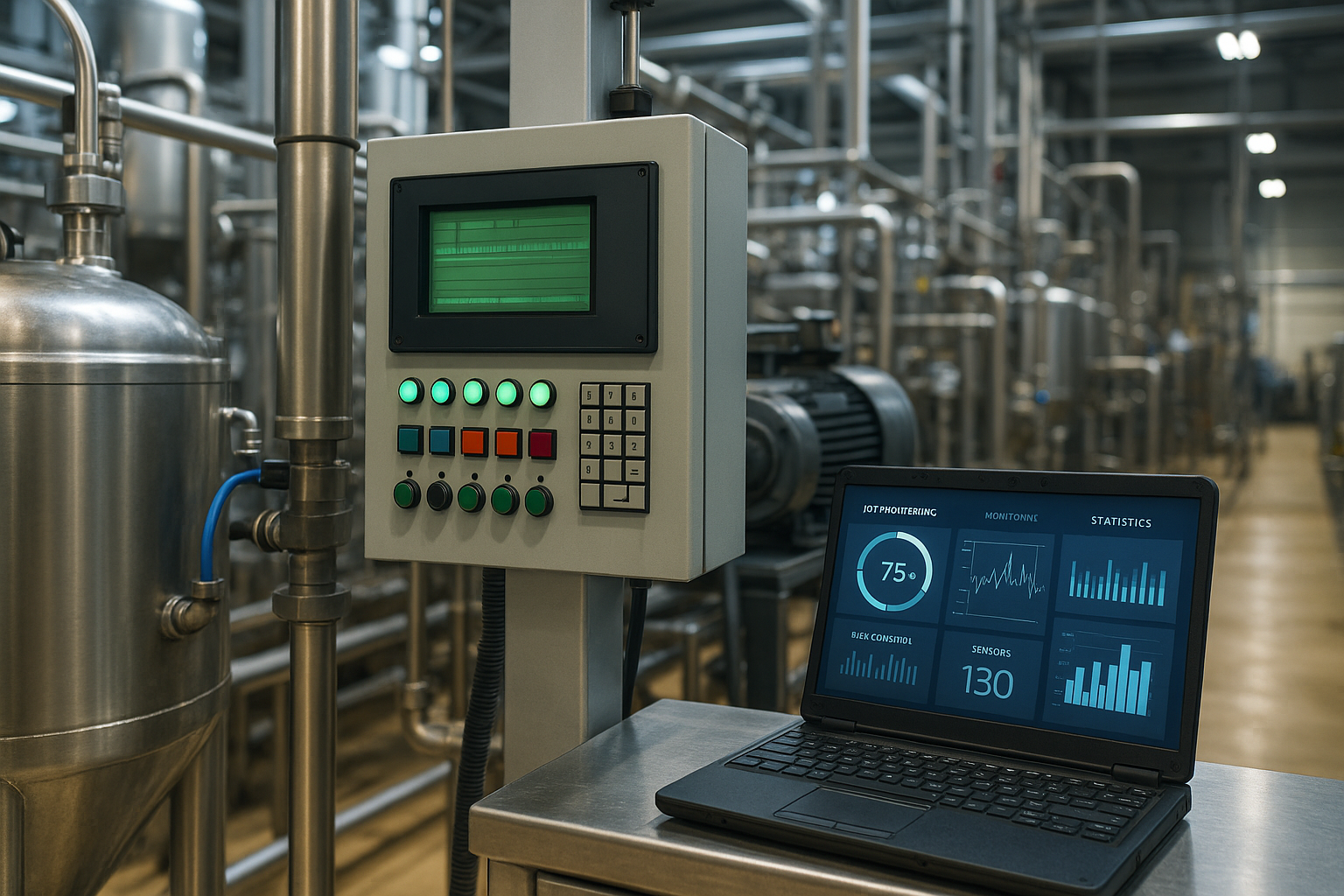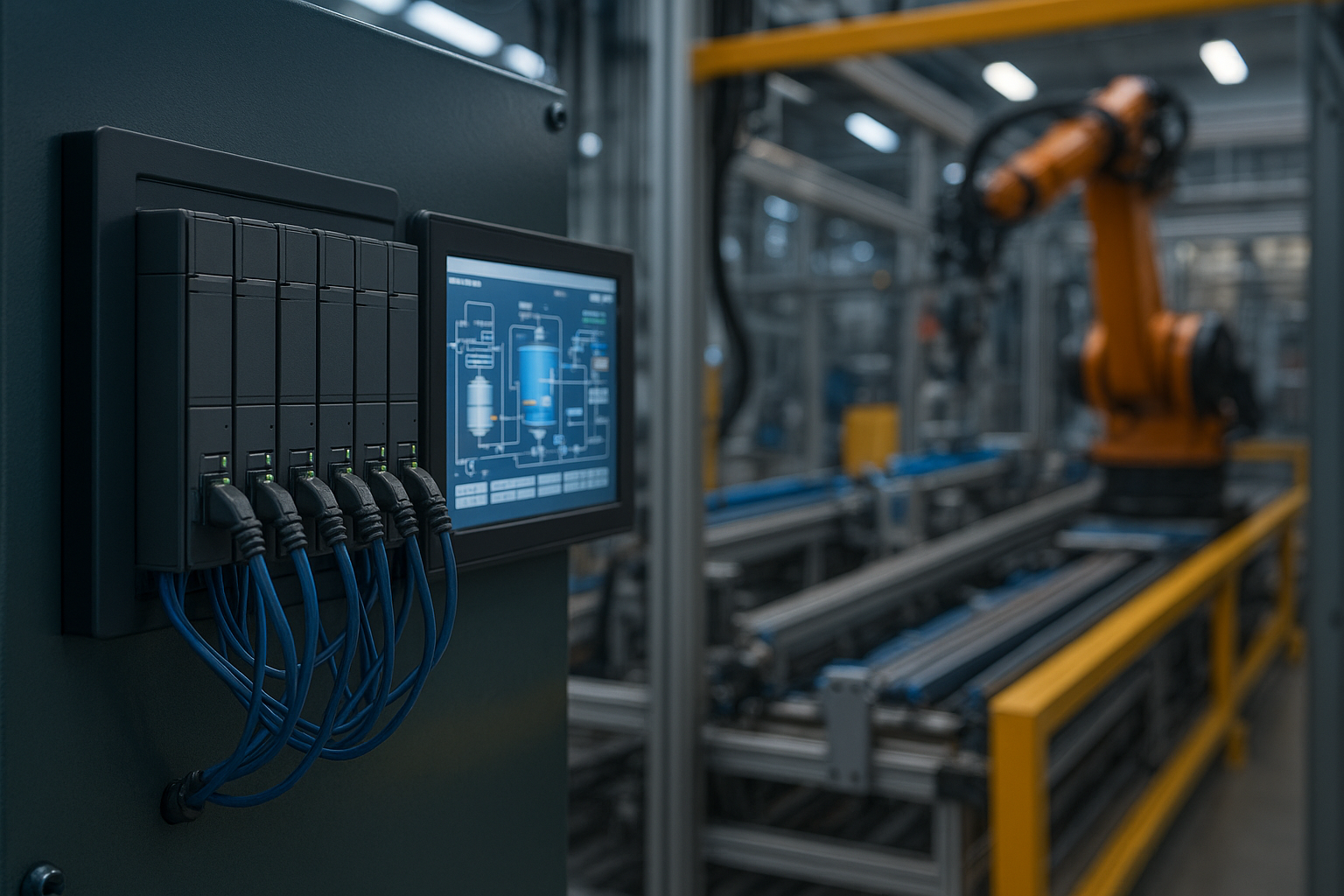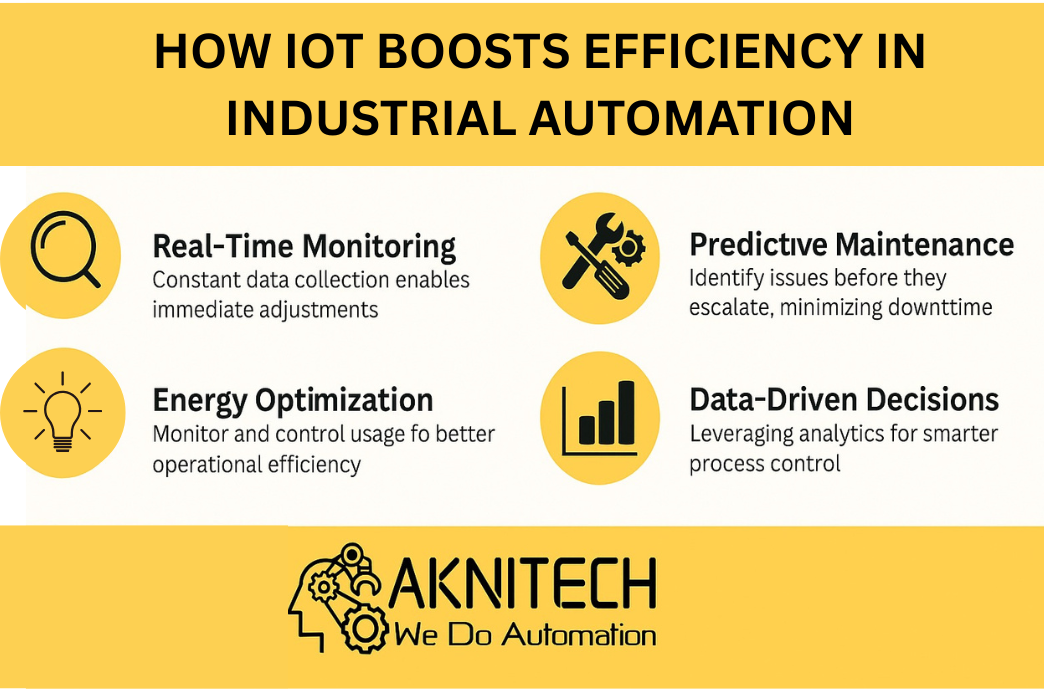In today’s digital world, access control IoT devices are changing how we secure buildings and spaces. These devices blend the power of the Internet of Things (IoT) with advanced access control technologies. As a result, they provide a smarter, safer, and more efficient way to manage who can enter or exit a premises. Let’s explore what these devices are, their benefits, popular types, and future trends.
What Are Access Control IoT Devices?
Access control IoT devices are smart systems designed to control and monitor access to physical or virtual spaces. They use sensors, connectivity modules, and software to communicate over the internet with other devices and systems. With these devices, real-time data on access patterns can be collected, enhancing security measures significantly.
Key Benefits of Access Control IoT Devices
Access control IoT devices offer several key benefits that make them a superior choice for modern security systems:
- Enhanced Security: IoT technology is used to enhance the security level of access control devices. These devices can provide real-time monitoring and instant alerts if unauthorized access is detected. Thus, security breaches are less likely to occur.
- Remote Management: The ability to manage these systems remotely is one of the most significant advantages of IoT-enabled access control systems. Whether you are away on vacation or at work, you can control access to your property from any location using a smartphone or computer.
- Scalability: Businesses often need to expand their security systems as they grow. Access control IoT devices are easily scalable, making them suitable for businesses of all sizes. Additional users, locations, or security protocols can be accommodated without much hassle.
- Data Analytics: Valuable insights into access patterns and behaviors are provided by these devices. Potential security vulnerabilities can be identified by analyzing this data, allowing organizations to take proactive measures.
- Seamless Integration: Access control IoT devices can be integrated with other security systems. These may include surveillance cameras, alarm systems, or building management systems. A comprehensive security strategy is created through this integration, making it both efficient and effective.
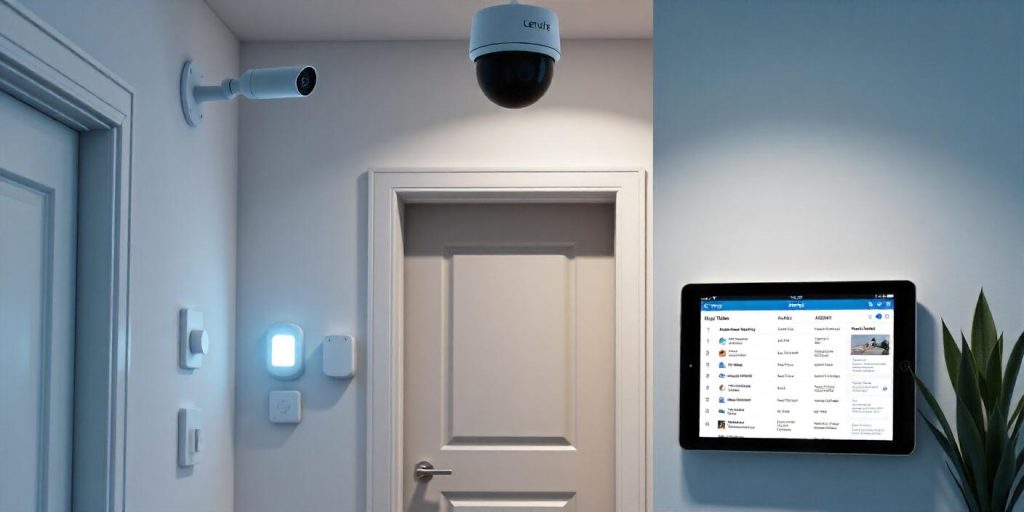
Popular Types of Access Control IoT Devices
Different types of access control IoT devices are available, each serving specific needs:
- Smart Locks: Among the most common are smart locks. Wireless communication protocols, such as Bluetooth or Wi-Fi, are used to grant or deny access.
- Biometric Systems: High security is provided by biometric systems, which use fingerprints, facial recognition, or other biometric data. These systems are becoming more common in environments where high security is necessary.
- RFID and NFC Readers: Access is controlled using radio-frequency identification or near-field communication technologies. Corporate environments, where access cards are standard, often use these devices.
- Mobile-Based Access Control: Digital keys are created by leveraging smartphones. This technology is both convenient and highly secure. Physical keys or cards are no longer necessary.
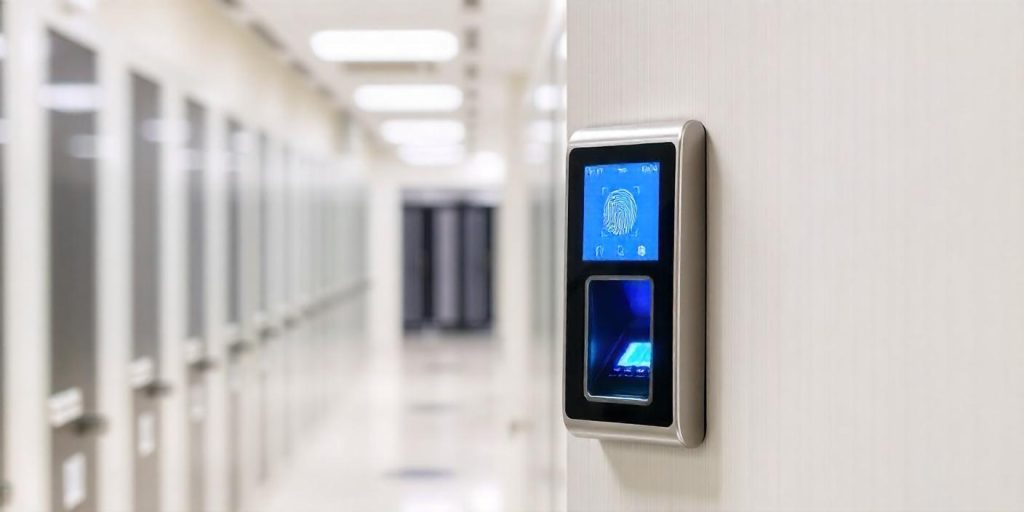
Future Trends in Access Control IoT Devices
The future of access control IoT devices looks promising. Significant advancements are expected in artificial intelligence (AI) and machine learning (ML). The ability of these devices to detect unusual access patterns or potential security threats could be greatly enhanced by AI and ML. Furthermore, the widespread adoption of 5G networks will allow faster and more reliable communication between IoT devices, further enhancing their capabilities.
Access control IoT devices are expected to become even more intuitive. Devices could be developed to predict and adapt to user behaviors. For example, if a door is usually accessed at a specific time, the system could prepare in advance, saving time and increasing efficiency.
Moreover, security protocols could become more sophisticated. Multi-factor authentication (MFA) could become the norm, even for physical access. This would mean using a combination of biometrics, RFID cards, and smartphone apps to gain access. As a result, security would be further tightened.
Challenges and Considerations
While access control IoT devices offer many benefits, there are also challenges. Security risks, such as hacking, remain a concern. As more devices become interconnected, the risk of unauthorized access or data breaches increases. Manufacturers and users must ensure robust security measures are in place.
Furthermore, privacy concerns must be addressed. Real-time monitoring can be intrusive, particularly in workplaces. It is essential to balance security needs with privacy rights. Organizations should establish clear policies regarding data usage and access.
Cost can also be a factor. While prices are decreasing, advanced systems can still be expensive. For smaller businesses or homeowners, the initial investment might be significant. However, the long-term benefits often outweigh the costs.
Conclusion
Access control IoT devices are revolutionizing how security is managed. These devices offer enhanced security, remote management capabilities, scalability, valuable data analytics, and seamless integration with other systems. Despite some challenges, their benefits make them essential for modern security strategies.
As technology continues to advance, access control IoT devices will become more intelligent, intuitive, and secure. They will not only enhance security but also improve convenience and efficiency. In an increasingly connected world, these devices are not just a trend but a necessity. Organizations and homeowners should consider investing in IoT-enabled access control solutions to ensure safety and peace of mind.
By embracing access control IoT devices, security is enhanced, and the way is paved for smarter, more connected environments. Whether for a business or a home, these devices provide a robust security framework that adapts to evolving needs. With technology advancing rapidly, staying ahead in security is not just smart but essential.


